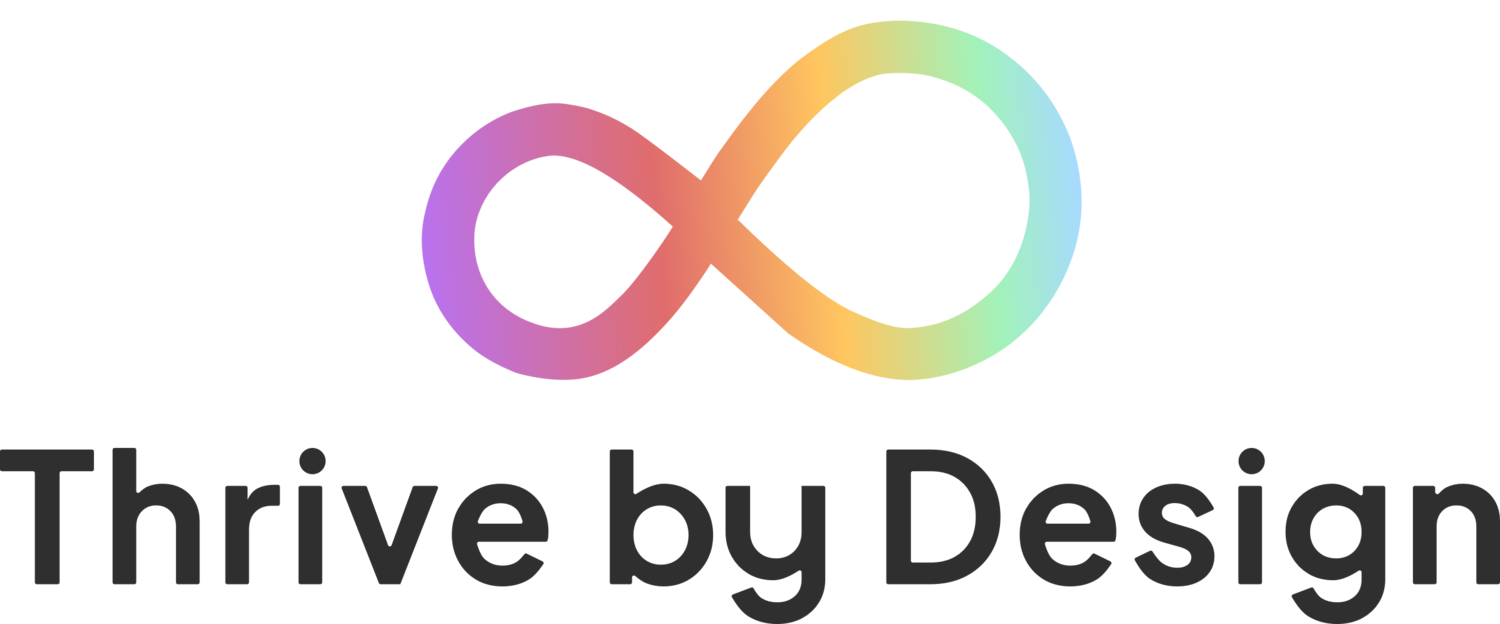People Power - the missing part of ‘What Good Looks Like’?
We are living in unprecedented times and the NHS and whole health and care system has suffered immense pressure in the last year. The combination of integrated care systems (ICS’s) and digital technology offers huge potential to meet some of these challenges.
NHSX should be congratulated on the release of ‘What Good Looks Like’, a policy designed to encourage ICS’s to get full value out of digital transformation by following some key principles and practices. However, we have three key points which we hope might contribute to a further iteration of the guidance.
1. Tricky Language
It is good to see that NHSX have put the people we are here to serve at the centre of the guidance although the language ‘Empower Citizens’ is tricky. There have been lots of research papers and public debate on the use of the problematic term ‘empower’ and a fair few debates on using the word ‘citizen’. There does need to be sensitivity and understanding of the perspective of people who might not have been yet granted citizenship but who are asylum seekers and refugees in our country. There is a short story in my colleague Pete Nuckley’s blogwhich gives some insight into some of the reasons why there are debates around ethics and exclusivity of the term when used in a health context. When we talk about ‘empowering’ others, we hold and potentially gift power, rather than coming alongside and ‘working with’. We are in danger of ‘doing to’ and that doesn’t always feel very empowering to the recipient.
Maybe we could use words and approaches which ‘Enable People Power’ instead of ‘Empower Citizens’.
2. The ‘We’ Approach
I think what NHSX and others are getting at is enabling people to have the tools and information to be able to make choices and manage their health and live as well as possible.
An alternative would be to use a co-design approach of ‘working with’, understanding and valuing the skills, knowledge and insight that we all bring to the table and building relationships of shared trust, understanding and purpose?
This sense of ‘we’ is also important in terms of focusing on communities as well as individuals. I love the Aboriginal definition of health as it highlights and values the inter-connection between the wellbeing of individuals and their communities.
‘Aboriginal health” means not just the physical well-being of an individual but refers to the social, emotional and cultural well-being of the whole Community in which each individual is able to achieve their full potential as a human being thereby bringing about the total well-being of their Community. It is a whole of life view and includes the cyclical concept of life-death-life.’
There is plenty of evidence out there on the power of community in health and wellbeing, for example, David Buck from the Kings Fund has written about it here.
3. Inclusive Digital Transformation
The ‘Empower Citizens’ section starts off with the phrase ‘Citizens are at the centre of service design and have access to a standard set of digital services that suit all literacy and digital inclusion needs’
Our team were delighted to see a mention of digital inclusion in the guidance but the phrase ‘a standard set of digital services that suit all literacy and digital inclusion needs’ doesn’t fit with the findings of our research.
There will always be some people for whom digital services are not an option, e.g. people living with severe mental illness may be paranoid and fearful about having technology. Some of the barriers aren’t necessarily about the standards, they might be about poverty, culture, trust and the availability of private spaces. A very important consideration that emerges from every piece of related research we have carried out has been considering the specific needs and context for each person and customising the (digital) service around them. NHSX are right to identify there needs to be some basic co-designed standards but it won’t solve all the digital exclusion barriers and those standards will never suit all literacy and digital inclusion needs.
It is heartening to read that ICS’s should be thinking about digital exclusion issues strategically but it is disappointing to see it tucked away in the corner of the ‘Empower Citizens’ section - as a separate strategy and focused on initiatives. Bolder might be to invite ICS’s to take an ‘Inclusive Digital Transformation’ approach making it THE strategy not a strategy.
There are lots more insights we could share here but this is already too long a blog post so just a few key points which could be included in a next iteration:
Co-design inclusion into digital transformation upfront, as far upstream as possible.
Cross-sector (NHS, Local Govt, VCS) leaders work together to champion inclusion digital transformation.
Collect and analyse specific data on exclusion and recognise experience and insight as valuable information.
Map existing and potential inclusion assets as a key starting point and pool resources and build effective cross sector approaches including valuing community assets who are often trusted touchpoints for the most disadvantaged, excluded and seldom heard communities.
Take a strategic whole system approach to digital inclusion activities including digital and data poverty and digital health literacy
Recognise that sometimes staff are also digitally excluded and that they are potentially part of the solution to digital exclusion.
Congratulations once again to the team that have worked hard to produce this first iteration, it is a brilliant start. I hope the next version recognises and helps ICS’s unleash the full value of diverse and inclusive People Power.

